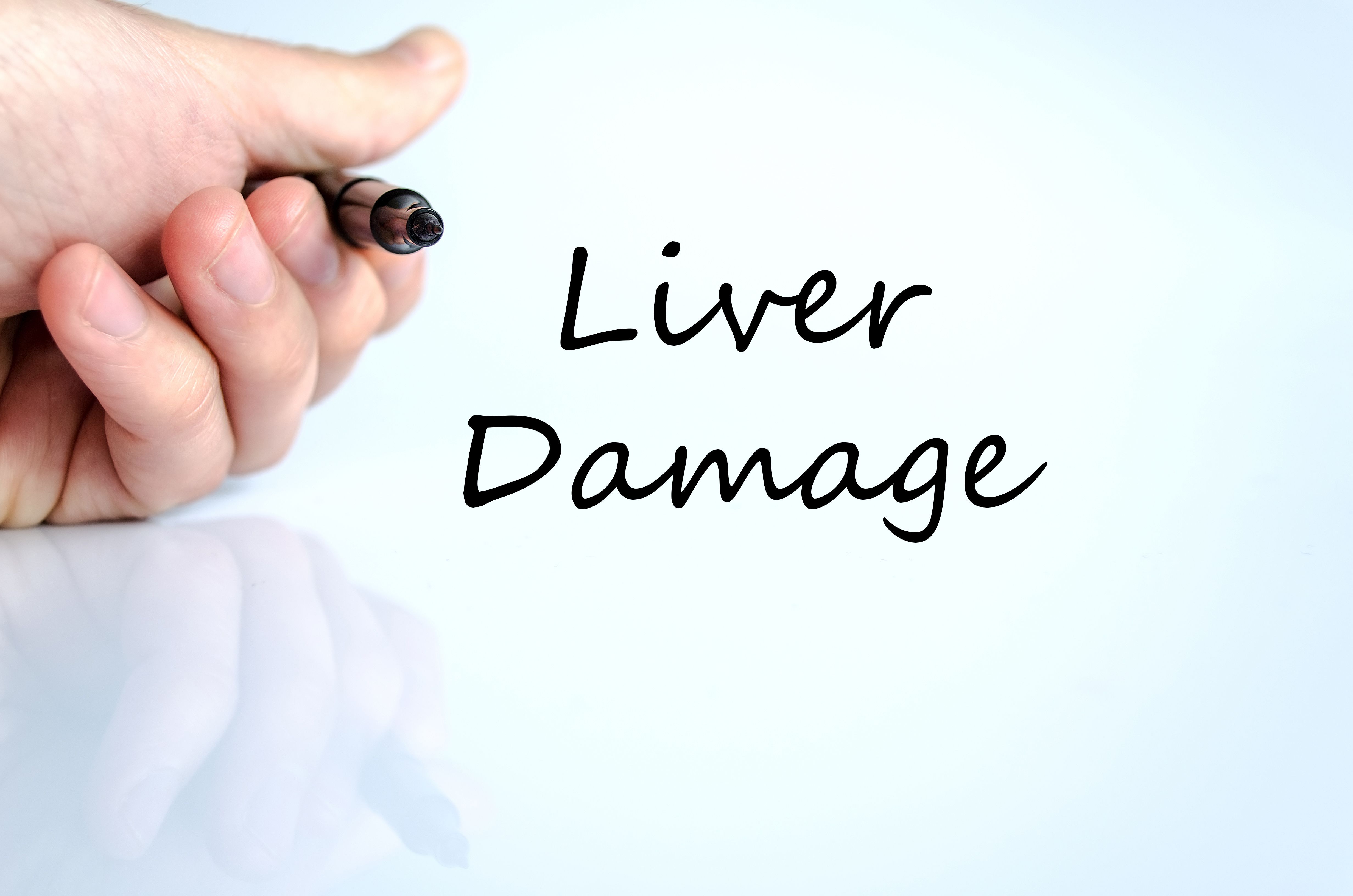Article
Restoring Liver Function with Oral Therapy
Author(s):
Advanced hepatitis C virus patients with HIV infection recover liver function with all-oral direct‐acting antivirals (DAA) therapy, study shows.
(©AdobeStock_Eenevski)

Patients with hepatitis C virus (HCV)-related cirrhosis who are coinfected with human immunodeficiency virus (HIV), show similar improvements in liver function after achieving undetectable serologic viral response for 12 or more weeks after the end of treatment (SVR12).
The first study to provide comparative results of liver function changes after response to direct-acting antiviral (DAAs) agents between patients with and without HIV infection in a large cohort shows liver function improved in more than half of patients in each cohort.
“From the start of DAA treatment to the date of SVR12 achievement, HIV/HCV-coinfected and HCV-monoinfected patients with cirrhosis show similar rates of recovery in liver function parameters,” stated the researchers, led by Juan Macias of the Infectious Diseases and Microbiology Unit of the Hospital University of Valme in Seville, Spain. “In addition, the frequencies of overall liver function, as measured by Child-Pugh-Turcotte (CPT) and MELD scores as well as by clinical outcome, improvement, and worsening after responding to DAA therapy are similar in patients with HCV-related cirrhosis with and without HIV coinfection.”
The researchers published their results in the January 2019 issue of Journal of Viral Hepatitis.
Advanced fibrosis and cirrhosis are more frequent among HIV/HCV-coinfected patients than among HCV-monoinfected patients, and liver decompensation and poor overall survival are more common in coinfected patients.
THE STUDY
Dr. Macia and colleagues compared the changes in several markers of liver function between HCV-monoinfected and HIV/HCV-coinfected patients with cirrhosis who achieved SVR12 to all-oral DAA combinations. The retrospective cohort study included 490 patients, 270 (55%) of them coinfected with HIV and 220 (45%) of them monoinfected with HCV. The DAA regimen was decided taking into account availability of DAA, concomitant medications and comorbidities, and guidelines in force. HIV-coinfected patients receiving atazanavir as a part of their antiretroviral therapy at baseline, before starting DAA, or during anti-HCV treatment, were excluded.
Liver function improved in 50 (56%) HCV-infected patients and in 82 (57%) HIV/HCV-coinfected patients. Liver function worsened in 33 (15%) HCV-monoinfected patients and in 33 (13%) HIV/HCV-coinfected patients.
Factors independently related with liver function improvement were male gender, bilirubin less than 1.2 mg/dL, and INR less than 1.3 at baseline. After multivariate analysis, albumin less than 3.5 g/dL was associated with liver function worsening.
“HIV status did not influence the likelihood of liver function decline or improvement after adjusting for other baseline predictors,” stated the researchers. “As a consequence, the hypothesized poorer recovery of liver function at SVR12 associated with HIV coinfection was not confirmed.” Longer follow-up would determine whether this translates into a long-term benefit in the rate of liver events, they added.
In conclusion, the researchers stated: “Available all-oral DAA combinations have allowed the extension of treatment to a diversity of vulnerable patients, including HIV/HCV-coinfected patients. We found that patients with HIV infection and HCV-related cirrhosis show similar improvements in liver function scores after SVR. However, patients with cirrhosis reaching SVR may still be at risk of decompensations. Early improvements in liver function should mean a lower likelihood of liver events, leaving aside the problem of hepatocellular carcinoma.”
REFERENCES
MacÃas J, Granados R, Téllez F, et al. "Similar recovery of liver function after response to all-oral HCV therapy in patients with cirrhosis with and without HIV coinfection," Journal of Viral Hepatitis. ePub Sept. 27, 2018. DOI:10.1111/jvh.12990




